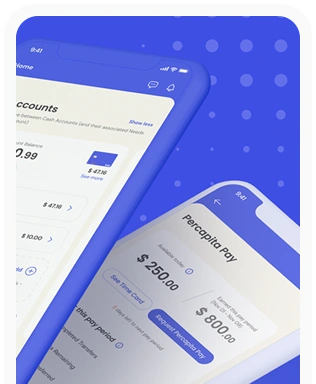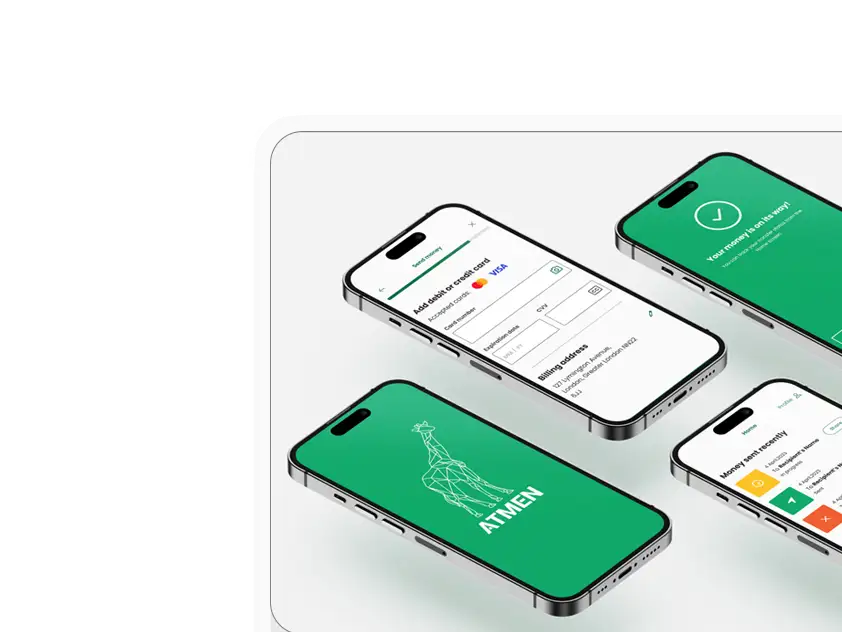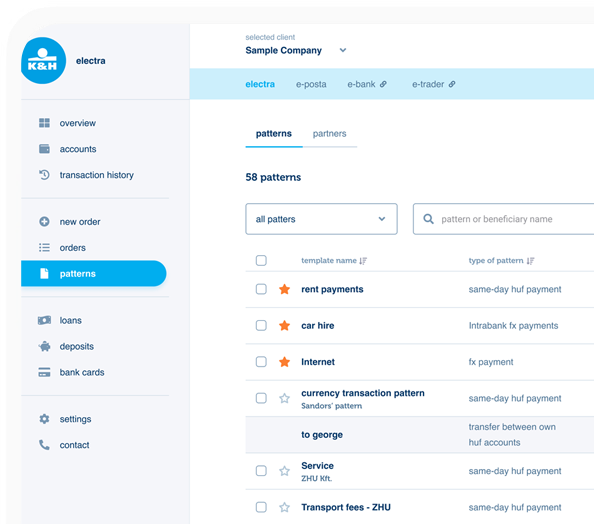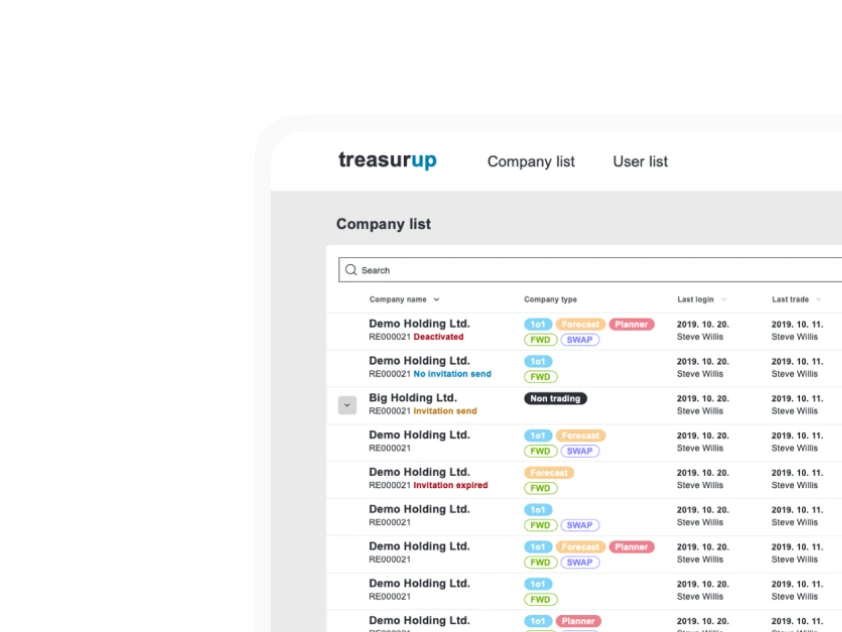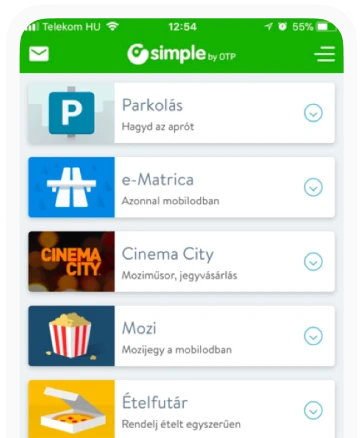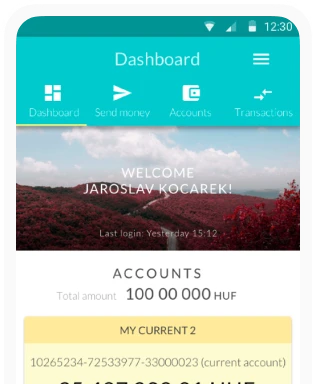Beyond Point Collection: How MOL Built a Personal Connection with 5 Million Customers in the Digital Space
How does an oil industry giant transform an outdated, passive point-collection card into a digital ecosystem that increases non-fuel sales by 250% and boosts spending among active members by 30%? The MOL example shows that a loyalty program can be far more than a simple discount system: it can be a deliberately constructed platform focused on user experience (UX) and gamification, capable of fundamentally changing customer habits and creating real business value. We spoke with Tamás Ládi, Design Lead at MOL Group, about the journey from the Multipont card to the MOL Move app, the UX challenges, and how their in-house expertise evolved into a separate business line.
The starting point is a simple yet powerful analogy: the local pub. Ádám Drágus, business design consultant at Ergomania who hosted the discussion, offered this relatable example. A good loyalty program is the digital equivalent of that feeling when the bartender greets you by name, knows what you drink, and always has a free table for you. We feel that our presence is valued. The challenge facing MOL was how to transfer this personal, trust-based atmosphere to a fundamentally impersonal, transaction-focused environment with millions of customers, where a personal encounter is a physical impossibility.

The Need for a Strategic Shift: The End of the Multipont Era
MOL's previous loyalty program, Multipont, followed the classic "earn and burn" model, explained Ládi. This linear, passive system – where a customer receives one point for every 100 HUF spent and can later redeem them – is almost completely ineffective at actively influencing customer behavior. It doesn't encourage an increase in basket value and provides no opportunity for personalized offers. The model served a single function: customer retention in a market where the product (fuel) is almost entirely homogenous.
This model fits the old image of MOL perfectly. As Ládi recalled, the old service stations were stark, uncomfortable places where the goal was to complete the refueling process as quickly as possible. The gastronomic offering was limited to a pre-packaged sandwich, and to use the restroom, you had to ask for a key attached to a huge, unpocketable keychain. The Multipont program served this strategy: the goal was customer retention, but nothing more.
However, shifts in the market and user needs, along with MOL's 2030 strategy – which, partly due to the transition to electromobility, focuses not on “liters but on kilometers” – forced a strategic change. With the launch of the Fresh Corner brand ten years ago, MOL turned their focus to convenience and gastronomic services. With this new business focus, Multipont became obsolete; a new mechanism was needed that could actively support the sale of non-fuel products and turn the time spent at the service station into an experience.
New Strategy, New Loyalty Program: Gamification as a Business Engine
The solution came with the launch of MOL Move, which is a tier-based, gamified loyalty program. The essence of the model is that the points a user collects from their purchases are no longer for redemption but are used to advance through levels. The Green, Silver, Gold, and VIP tiers unlock increasingly significant discounts and exclusive offers. This shift moved the focus from mere rewards to experience-based incentives. As Ládi put it, a discount is no longer enough for the user; what's important is the dopamine hit that comes from unlocking a reward or a playful interaction.
One of the most successful examples of this is the scratch-card-imitating interface in the MOL Move app. Although the game is an illusion – users usually receive the same gift, as the company cannot run a lottery – the interaction itself, the experience of digital scratching, generates extremely high engagement. The user feels they have received a personal reward for their loyalty, which is a much stronger motivation than a general price reduction.
The system deliberately steers customers towards gastro products: a coffee earns significantly more points than a liter of fuel, directly serving the business objective. The program's success is proven by the numbers: the average basket value of active loyalty program members is 30% higher than that of non-registered customers. According to senior management's philosophy, MOL Move is not a "savings program"; it’s about community, play, and progress, which is why they deliberately do not communicate the amount saved for the time being, so as not to shift the focus from the experience to pure rationality.

The Core UX Challenge: Communicating a Complex System Simply
A tier-based, gamified loyalty program packed with numerous features (challenges, sticker collections, prize draws) is inherently complex. MOL Move's biggest and most persistent UX challenge is how to explain a complex, board-game-like system to users in a simple and understandable way. "People love complicated board games, but when it takes an hour and a half to learn the rules, it deters many. Complex loyalty programs somehow fall into this trap, where in the end, the user doesn't understand," Ládi pointed out.
The key to the solution is a single, central UI element: the "tier-o-meter." This is the interface that must convey how the program works at a glance: where the user is, what their next goal is, and what they need to do to achieve it. During the design process, the team went through the classic mistakes – the first version was an information-overloaded interface resembling a race car's dashboard. Continuous iteration and simplification led to the current solution, which applies the principle of progressive disclosure, always communicating only the most necessary information.
The depth of the challenge lies in the fact that the system is not just a linear point collection. Users must achieve milestones to remain within a tier, which adds further cognitive load. The interface, therefore, must simultaneously motivate, inform, and guide the user without causing confusion. During the design process, the team had to recognize that at any given moment, most users are interested in only one thing: "What do I need to do to get the next reward?" This is precisely why the energy invested in small, experience-enhancing details is not a frivolous luxury but a strategic decision. The example of the app they developed for Újpest FC proves this perfectly. The stakeholders initially saw only the costs in a complex animation (which shows a soccer player doing a bicycle kick to indicate the level achieved), but feedback proved that these emotional anchors are what capture users the most, and they are what make the product memorable and beloved.
From Accumulated Knowledge to a Business Line
The success of MOL Move and the overcoming of internal UX challenges did not happen in a vacuum. Behind it lies a deliberate, seven-to-eight-year organizational development process centered on the Digital Factory. This internal innovation hub, which has now grown to 100 people, originally started with a handful of enthusiastic colleagues and two goals: expansion of corporate data asset digitization and renewing the outdated Multipont loyalty program. The former meant, in practice, that the company moved beyond reports sent in Excel spreadsheets and created a central data lake, upon which they built data-driven analytics and reporting capabilities.
The power of this data-driven transformation is illustrated by the in-house developed "hotdog planner." The team targeted the loss of sausages that remained at the end of the day and were destined for disposal: they created an AI-based prediction tool that, accounting for the station's traffic data, determines exactly how many sausages should be on the grill at any given time of day. With this optimization, MOL has ensured that hot dogs are typically available for purchase when customers want to eat them, and has also saved 100 million forints worth of food from being thrown away. This example shows that the Digital Factory has built serious expertise not only in loyalty programs but also in deep, data-driven business optimization.
This dual capability – managing complex, multi-country loyalty programs and developing data-driven solutions that create tangible business value – led to the next logical step. The Digital Factory reached a point where it was handling the most complex implementation tasks in-house, on its own, instead of fully relying on external partners. This accumulated knowledge created a new business opportunity almost organically. As MOL Move is now one of Hungary's largest domestically developed loyalty programs, other companies began to seek out the team for consulting.

MOL recognized that this acquired experience could be productized, and thus the Loyalty as a Service business line was born. Today, they actively offer loyalty program design and development services to external partners, including, but not limited to, the sports and banking sectors. For Újpest FC, for example, they had to create a program based on a completely different logic, where the measure of success was not basket value but the number of matches attended – the goal was to fill the stadiums. This example shows that the team is capable of adapting its acquired, long-developed knowledge to the specific goals of other industries, beyond their own business model.
Creating the Digital "Local"
The story of MOL Move is more than a simple success story: it is a case study of a complete digital transformation centered on UX. The project's lessons extend beyond the world of loyalty programs and are relevant to every professional developing digital products.
The most important strategic insight is the critical role of finding a truly undeniable value proposition. The loyalty program market is incredibly noisy, so a "hook" that cuts through it is essential for success. In the case of MOL Move, this seemingly prosaic yet extremely effective feature is free restroom access. "The free WC is our strongest acquisition tool," Ládi admitted. This insight highlights that even alongside the most complex gamification systems, there is a need for an unassailable, powerful offer that meets a fundamental user need.
The future is clearly heading towards hyper-personalization, where AI-based tools help to deliver increasingly relevant offers. However, the project's most important retrospective lesson lies in its processes. If they were to start over, they would do two things differently: they would build far more user interviews into the design process, and they would design the measurement points (events) far more carefully. This realization shows the organization's maturity: success did not make the team complacent but instead highlighted the need for continuous improvement.
Returning to the initial analogy of the local pub: the success of MOL Move lies in their ability to transform a fundamentally impersonal relationship into an experience using technology, data, and design. The user feels their presence is valued, and in return for their loyalty, they receive not only discounts but also games, recognition, and small but important gestures. Ultimately, creating this digital "local" is the goal and the measure of success for every modern loyalty program.

